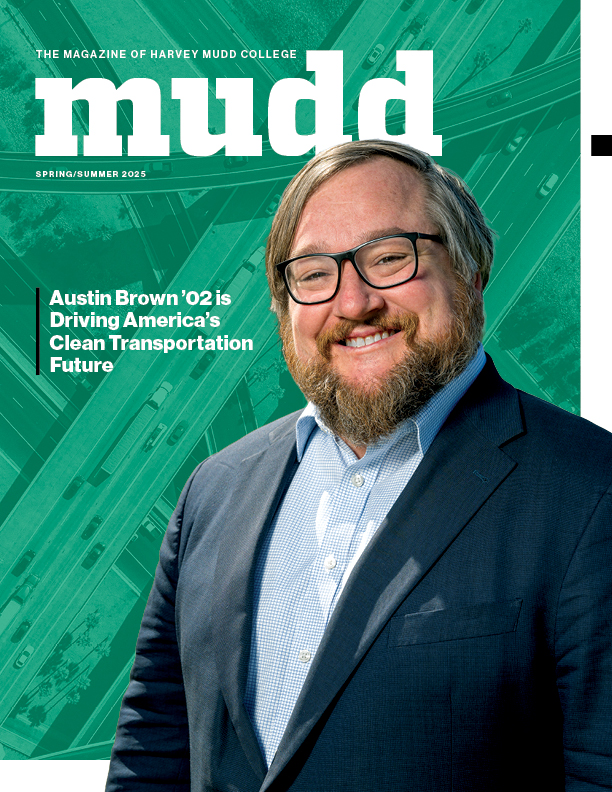NSF Grant Funds Geometric Combinatorics Research at Harvey Mudd College
September 18, 2025
When Andrés R. Vindas Meléndez, assistant professor of mathematics at Harvey Mudd College, speaks about mathematics, it’s not formulas or theorems that dominate the conversation, it’s artistry. Starting in January 2026, thanks to a new two-year National Science Foundation grant, that sense of mathematical wonder will translate into a hands-on research program.
The grant will fund his research through December 2027 and will provide funding for four undergraduates per summer for two summers to explore the world of geometric combinatorics, a field in which geometry, combinatorics, and algebra come together to uncover the underlying structure of complex shapes and patterns.
For the next two summers, Vindas Meléndez will mentor students over 10 weeks. Participants will collaborate on original problems, many drawn from Ehrhart theory, which studies the properties of polytopes (multi-dimensional generalizations of polygons) by counting lattice points, grid-like dots with whole-number coordinates inside or on the edges of shapes.
“I want to take combinatorial objects—graphs, posets, polytopes—and associate them with geometric objects,” says Vindas Meléndez. “By studying these objects’ structures, we hope to understand something deeper about the original mathematical ideas behind them.”
Students won’t be working from pre-made datasets or repeat experiments. “They’ll write their own code, build their own data and search for patterns in the geometry,” he says.
Combinatorics is often called “fancy counting,” Vindas Meléndez says, but it’s more accurately about how objects are classified, arranged, and enumerated. “Geometric combinatorics adds a spatial dimension to that,” he says.
Combinatorics is about distilling complex structures into simpler, manageable parts. While humans may not be able to visualize a six-dimensional shape, for example, computers can. Students will use code to define, manipulate and analyze these mathematical objects, blending abstract theory with hands-on computation.
There are real-world implications. Polytopes appear in natural sciences, data science and optimization problems. They show up in crystal structures, biological cell shapes and even tiling patterns used in architecture and manufacturing.
One exciting aspect of the program is its focus on younger undergraduates, those who may just be finishing their first year and haven’t yet had much exposure to upper-level mathematics.
“It’s really powerful to show students early on that they can do math research,” Vindas Meléndez says. “They don’t need to wait until junior or senior year to start exploring.”
Vindas Meléndez emphasizes inclusion, aligning with federal regulations that require opportunities be open to all. He has consistently mentored a diverse range of students, including women, first-generation college students and students from underrepresented backgrounds in STEM. “This past summer, half of my research team were women,” he says. “I want students from all walks of life to feel they belong in mathematics.”
While geometric combinatorics has roots stretching back to the ancient Greeks and Euler’s famous polyhedral formula, the field has exploded in new directions over the past few decades.
“The growth of interdisciplinary approaches—combining algebra, number theory, geometry, combinatorics, and many other areas—has really moved this field forward,” Vindas Meléndez says.
